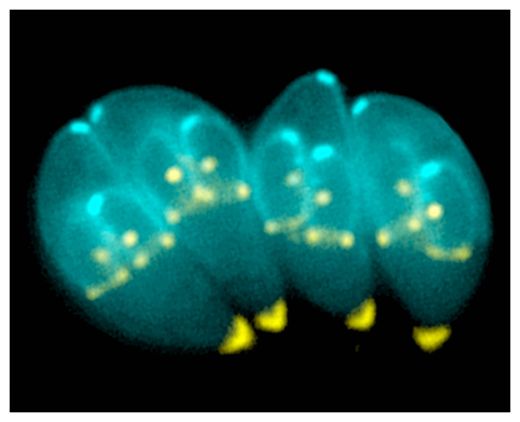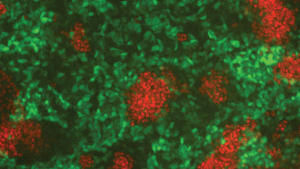
Toxoplasma gondii is a tiny parasite that infects about a quarter of the world's population. Most human infections are asymptomatic, though research has hinted the parasite might have subtle behavioral influences.
Infected individuals are more likely to attempt suicide, for example, and T. gondii infection may increase brain cancer risk.
The parasite's real interests, however, are cats and rodents. T. gondii can live in any warm-blooded creature, but it prefers to end up in the gut of a cat, where it can breed.
To do so, the parasite takes control of the minds of its rodent hosts, making the smell of cat urine sexually appealing to them rather than scary. That ups the chances a rodent will cozy up to a cat and get scarfed down, along with the parasite.










